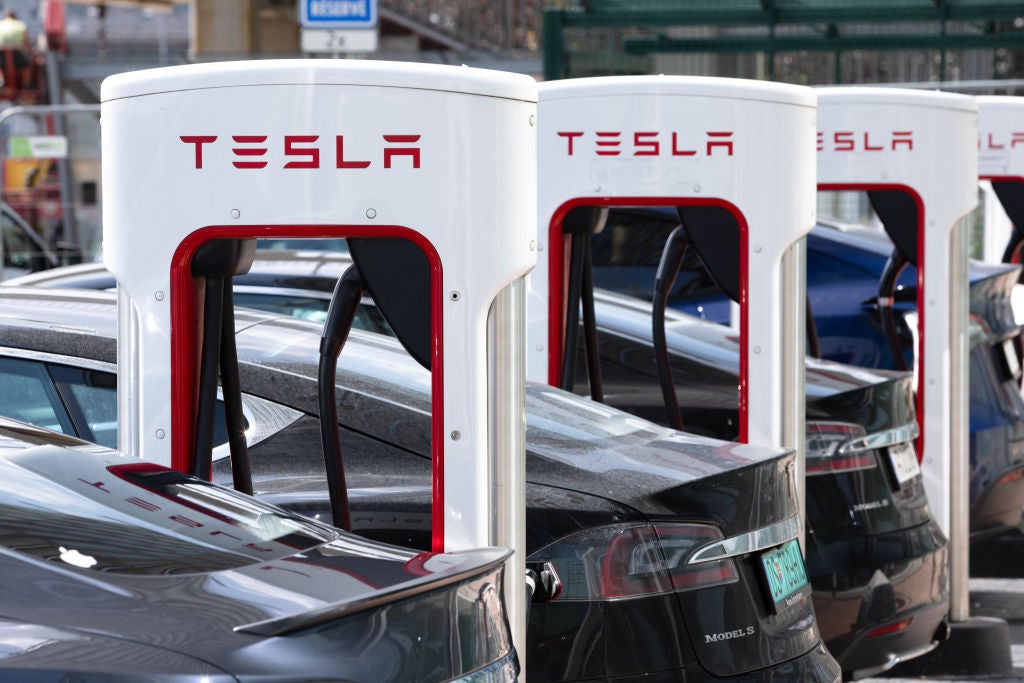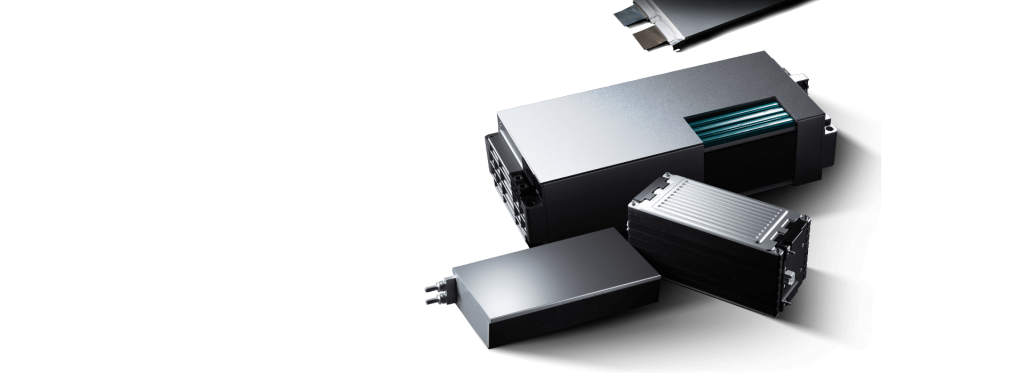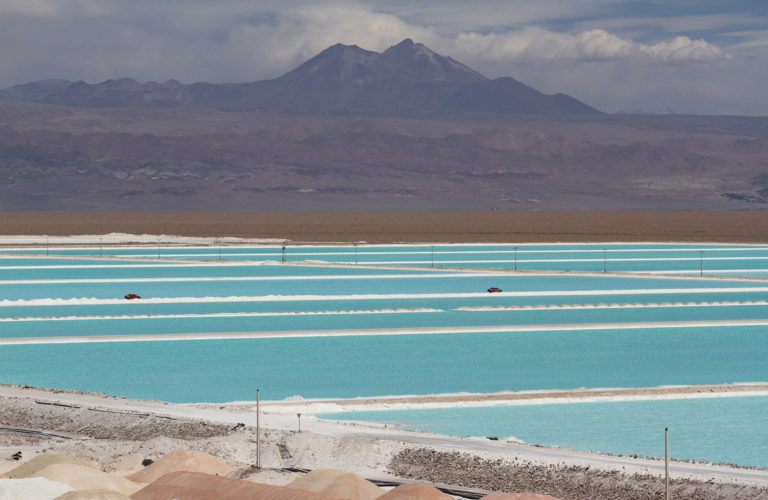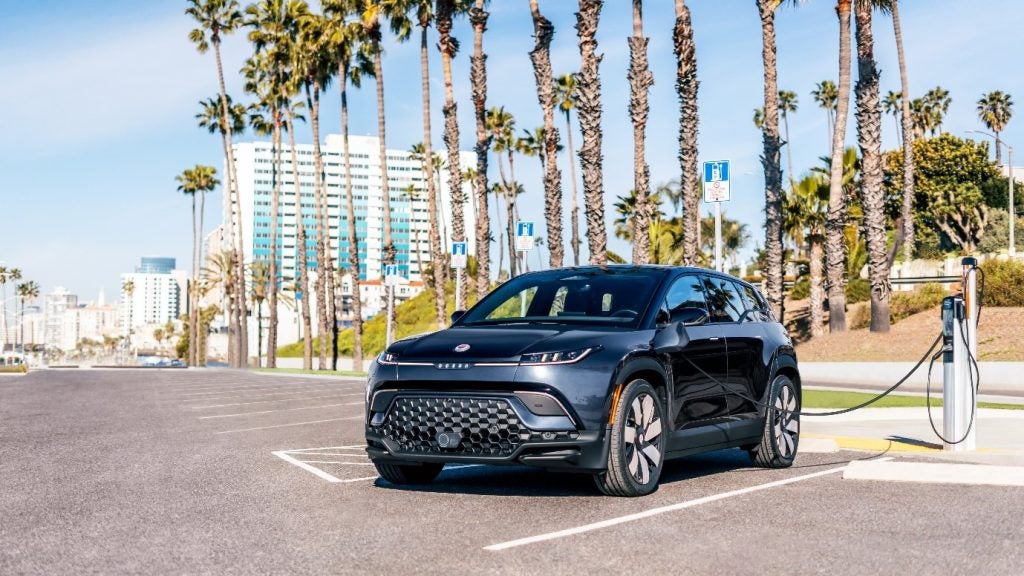
The sharp rise in battery raw material prices this year has amplified the cost difference between the two leading batteries for EVs: nickel-based cathode active materials (CAMs) and lithium iron phosphate (LFP), increasing interest in LFP-powered electric vehicles.
While all lithium-ion batteries operate thanks to the movement of lithium ions and the induced movement of electrons through a circuit, not all Li-ion cells contain the same chemicals. An area of battery tech that’s seen a number of different solutions deployed over the years is the cathode. Two main approaches have become popular for cathodes in EV batteries – the first uses a nickel-cobalt-based chemistry, while the second sees cathodes built around a blend of lithium iron phosphate (LFP).
Nickel-cobalt based cathodes offer greater energy density but are more expensive to produce. As a result, these batteries are preferred for high-end EVs where range performance is more of a concern.
LFP cells are incresingly popular in commercial applications because they are cheaper to build and offer greater safety performance, while absolute range in those use cases is less of a concern (eg urban use/short journeys). However, thanks to improvements in pack design and chemical optimizations, we expect more high-end models to move to LFP chemistries in the future. Already, Tesla has begun moving its standard-range Model 3 and Model Y vehicles over to LFP cells.
Muthu Krishna, Battery Manufacturing Cost Modeller at cross-commodity price reporting agency Fastmarkets, describes the reasons behind the recent rise in li-ion battery raw material prices, and the subsequent effect on nickel-based CAM costs.

JA: What is the cost difference between nickel-based CAMs and LFP on a kWh basis and how is it trending?
How well do you really know your competitors?
Access the most comprehensive Company Profiles on the market, powered by GlobalData. Save hours of research. Gain competitive edge.

Thank you!
Your download email will arrive shortly
Not ready to buy yet? Download a free sample
We are confident about the unique quality of our Company Profiles. However, we want you to make the most beneficial decision for your business, so we offer a free sample that you can download by submitting the below form
By GlobalDataMK: In January 2022, the cost of NMC811 and LFP was 60.4 $/kWh and 46 $/kWh respectively. In May, this had increased to 98 $/kWh and 65.8 $/kWh respectively. This is based on the spot prices for the raw materials and some estimations on processing costs and cell design.
Since May, we have seen volatility decrease with some cooling of the raw material prices. However, while lithium prices have stabilised, they are still extremely high, at 75 $/kg and 78 $/kg for carbonate and hydroxide respectively on the 16/08/2022 (cif China, Japan, Korea), almost having doubled since the start of 2022.
Fastmarkets’ lithium forecasts show that there will be a decrease in prices over the next two years as more supply comes online (though the price will still be relatively high compared to 2021), with another deficit between 2025-2028 driving prices higher again, but not to the same levels as we have seen this year. Beyond 2028, we will see a more stable reduction in prices as we predict that new technology will help producers better respond to demand.
We can expect the CAM cost to follow this trend, and we are currently working on forecasting CAM costs based on our latest research.
Can you explain why sustained high raw material prices will lead to a resurgence in interest in LFP-powered electric vehicles?
There used to be little difference between LFP and nickel-based CAMs in terms of $/kWh, which, coupled with its higher energy density offering greater EV range, made NMC the preferred chemistry in the West.
The CAM is the most expensive component of the cell, and the raw material prices are the main driver of the CAM cost. High lithium prices affect both LFP and nickel-based CAMs – this is fixed as both types need lithium. The focus then shifts to the iron phosphate price versus the NMC/NCA/NCMA precursor price.
If the price difference between the two groups remains high, EV OEMs will start asking, “how much more is the customer willing to pay to alleviate range anxiety?”. In the future, we will have a wider charging infrastructure, leading to a greater consumer acceptance of shorter-range vehicles (and smaller battery packs), especially for city dwellers, light-duty fleet operators and drivers whose primary vehicle usage is for short-duration trips. All of this heavily favours LFP, and if the significant cost benefit remains then we could see LFP becoming more dominant. However, it is unlikely to displace nickel-rich cells for premium vehicles.
Furthermore, LFP is getting more R&D interest, with some Chinese companies claiming LFP cell energy densities above 200 Wh/kg, bringing LFP closer on par with lower-nickel chemistries.
Additionally, high material prices bring ESG more under the spotlight. We are all aware of the issues concerning cobalt in the DRC. But nickel supply, primarily from Indonesia, is also a concern. Having no nickel or cobalt, LFP does not invite the same level of scrutiny as NMC, and is not affected by price volatility of these two metals.
LFP’s low price, wide availability of raw materials, better resilience to price shocks, fewer ESG concerns and safety benefits coupled with better cell-to-pack energy density efficiency has attracted increased interest, notably by Tesla and other large OEMs. It is receiving significant research and development to mitigate its drawbacks, and studies show that it is capable of replacing NMC532, making it well-suited for entry-level and standard-range models. If raw material prices remain high, then this will likely be expedited.
How serious is the lithium supply shortage and its effect on LFP and raw material prices in the longer-term?
Estimates show that there are sufficient reserves of lithium on Earth for our needs (around 15 million tonnes that are extractable with conventional methods). The huge concern right now is being able to mine and process these reserves into battery-grade lithium salts in record time to meet the demand, especially considering that new mines can take up to 15-20 years to become operational.
China has spent the last decade setting up its supply chain. We are now seeing North America and Europe rushing to secure their own supplies in order to avoid severe deficits, which would really undo years of effort in driving battery costs down, and would be on par, if not worse, for the automotive industry than the semi-conductor shortage.
Such deficits would increase lithium costs and make LFP more favourable.
The ultimate aim is to create local supply chains by region (Europe, N. America) which are made circular via battery recycling, thereby reducing the over-reliance on China. Because of its scale and the way it is accelerating, this is the only way that the EV industry will see security of supply of battery raw materials and stable prices.
Muthu Krishna, Fastmarkets
Krishna joined Fastmarkets from Jaguar Land Rover (JLR) where he was a Lead Cell Engineer working on electric vehicle (EV) Batteries.
His tenure at JLR included characterizing state-of-the-art Li-ion cells (performance and lifetime) for EVs, including the upcoming 2022 Range Rover PHEV. He also worked in a multi-disciplinary team to develop BEV SUV battery pack concepts and led several research and development projects with the Warwick Manufacturing Group at the University of Warwick.
Krishna holds a PhD from the University of Southampton, where he worked on a prototype redox flow battery concept designed for grid-scale energy storage applications.







